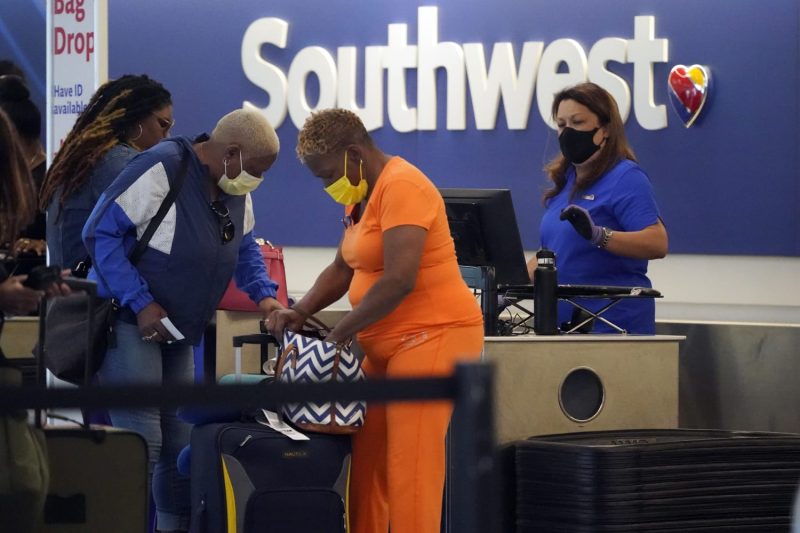Southwest CEO Weighs Cabin Changes, Potential Shift from Open Seating
Southwest Airlines is known for its unique approach to air travel with the absence of assigned seating, often referred to as open seating. However, the airline’s CEO, Robert Jordan, recently announced that they are considering cabin changes that could signal a shift away from this long-standing practice.
The airline has built its reputation on the open seating model, which allows passengers to choose their seats upon boarding rather than having assigned seating. This approach has both its fans and critics, with some passengers appreciating the flexibility and others finding it stressful or inconvenient.
While Southwest has long defended its open seating policy as a way to offer more freedom and flexibility to passengers, the airline’s leadership is now exploring potential modifications to the cabin layout. CEO Robert Jordan indicated that they are open to exploring different options to enhance the passenger experience and optimize the use of cabin space.
One of the potential changes being considered is the introduction of assigned seating, a departure from Southwest’s traditional model. Assigned seating could provide passengers with more certainty about their seating arrangements and reduce the anxiety that some travelers experience during the boarding process.
Implementing assigned seating could also help Southwest streamline its operations and improve efficiency, as it may enable the airline to better manage passenger loads and optimize seating capacity. Additionally, assigned seating could potentially lead to faster boarding times and a more organized on-board experience.
However, any decision regarding cabin changes will likely be met with a mixed response from passengers. While some travelers may welcome the predictability of assigned seating, others may miss the spontaneity and freedom that open seating offers.
Ultimately, the potential shift away from open seating at Southwest reflects the evolving nature of the airline industry and the need to adapt to changing passenger preferences and expectations. As the airline continues to evaluate cabin changes, it will be important to strike a balance between innovation and preserving the unique elements that have defined Southwest’s brand.
In conclusion, the potential shift away from open seating at Southwest Airlines marks a significant departure from the airline’s traditional model. While the introduction of assigned seating could offer benefits in terms of passenger experience and operational efficiency, it may also represent a departure from the unique characteristics that have set Southwest apart in the industry. As Southwest weighs its options for cabin changes, it will be interesting to see how these potential modifications unfold and how passengers respond to the evolving approach to seating on Southwest flights.

